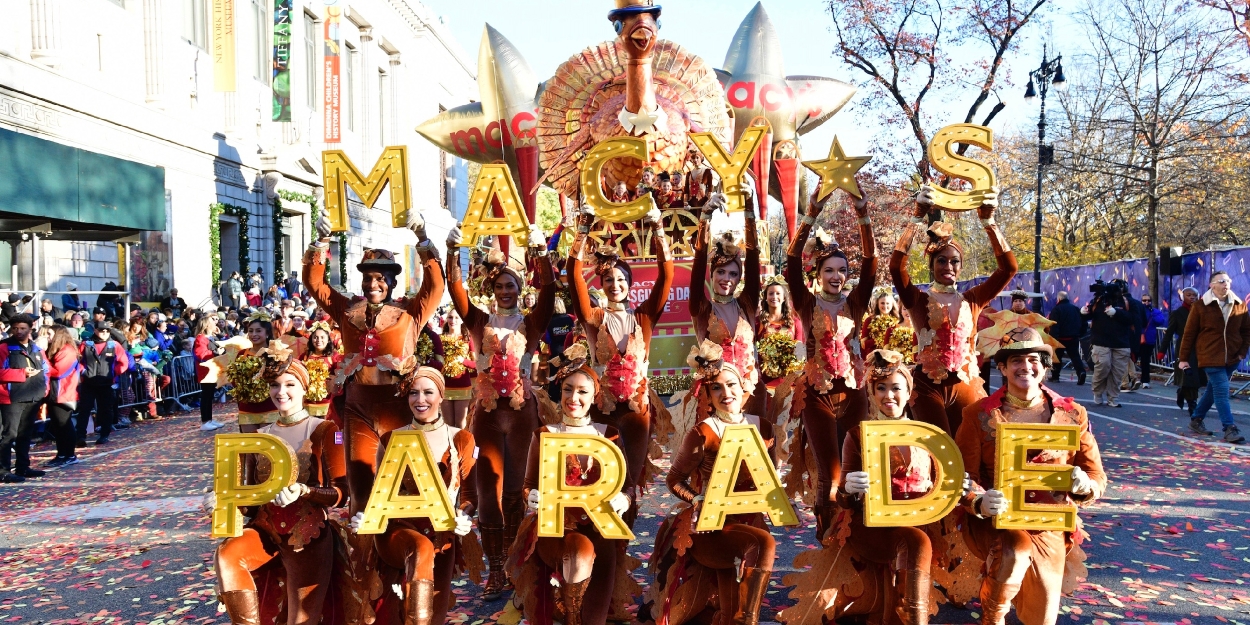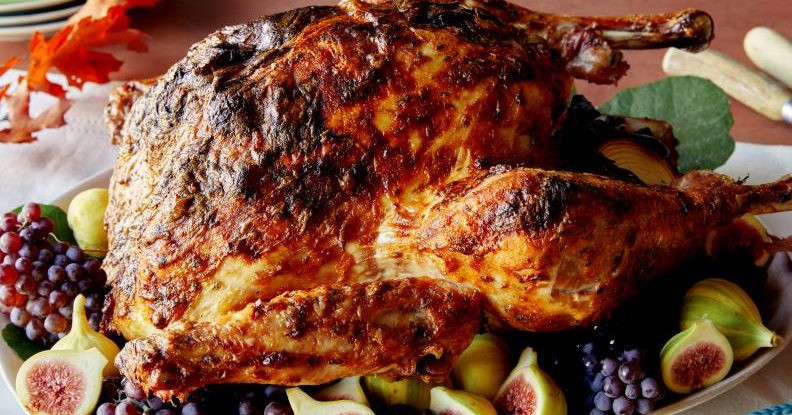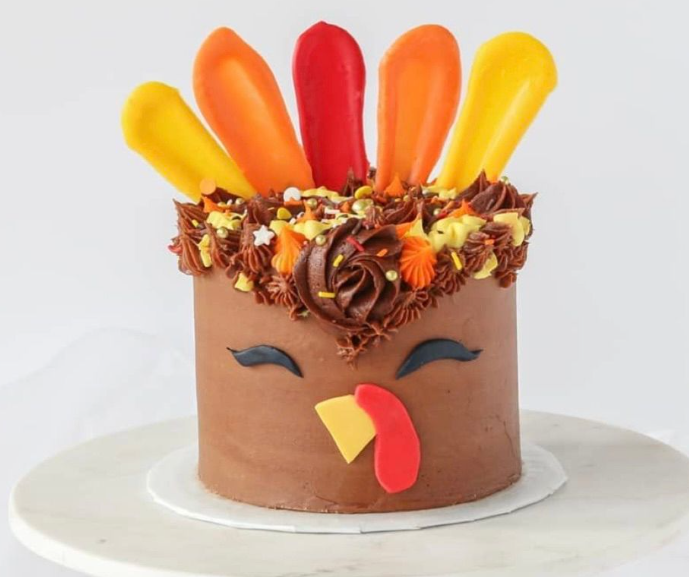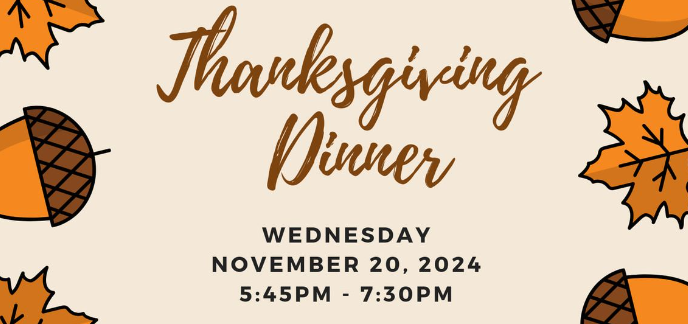Thanksgiving is a holiday steeped in rich history and tradition, celebrated annually in the United States on the fourth Thursday of November. This occasion serves as a time for families and friends to gather, share a meal, and express gratitude for the blessings of the past year.
However, the story behind Thanksgiving is multifaceted, encompassing themes of cooperation and conflict between early settlers and Native Americans, evolving culinary traditions, and contemporary debates about its significance. As we delve into the origins of this cherished holiday, it becomes clear that Thanksgiving is not merely a day of feasting but also a reflection of America’s complex cultural tapestry.
The narrative begins in 1620 when a group of English Puritans known as the Pilgrims set sail on the Mayflower to seek religious freedom in the New World. After a challenging journey marked by storms and uncertainty, they landed in what is now Plymouth, Massachusetts. The harsh winter that followed tested their survival skills; many perished from disease and starvation.
However, their fortunes changed with the arrival of Squanto, a member of the Wampanoag tribe who had learned English during his time in Europe. Squanto played a crucial role in teaching the Pilgrims how to cultivate corn and utilize local resources effectively.
In November 1621, after their first successful harvest, the Pilgrims organized a feast to celebrate their newfound prosperity. This gathering included approximately 90 Wampanoag guests led by Chief Massasoit, marking what is often referred to as the “First Thanksgiving.” Over three days, they shared food such as venison, corn, shellfish, and other local fare.
This event symbolized a moment of unity between two cultures; however, it was also a precursor to future conflicts that would arise as European settlers expanded their territories at the expense of Native American lands.
When Was the First Thanksgiving?
The term “First Thanksgiving” is often attributed to the 1621 feast in Plymouth; however, this designation can be misleading due to earlier celebrations that occurred in North America. For instance, in 1619, English settlers at Berkeley Hundred in Virginia held a thanksgiving service upon their arrival. They declared that this day would be commemorated annually as a day of giving thanks to God for their safe passage and new beginnings.
Additionally, Spanish explorers conducted thanksgiving services as early as 1565 in St. Augustine, Florida. These early observances involved religious ceremonies followed by communal meals—practices that laid the groundwork for future thanksgiving traditions across various cultures. The complexity surrounding the “first” Thanksgiving highlights how different communities have historically expressed gratitude for their harvests and blessings.
Origins of Thanksgiving as a National Holiday
The establishment of Thanksgiving as a national holiday was not immediate; it evolved over centuries through various regional practices. In 1863, during the Civil War, President Abraham Lincoln proclaimed Thanksgiving a national holiday in an effort to unify a divided nation. He designated the final Thursday in November as a day for Americans to give thanks for their blessings amid adversity.
Lincoln’s proclamation was influenced by Sarah Josepha Hale, an influential writer who campaigned for an official Thanksgiving holiday for nearly 40 years. Her efforts culminated in widespread recognition of Thanksgiving across states and territories. The holiday’s timing coincided with harvest celebrations that had become customary throughout New England and beyond.
Thanksgiving Food
Today’s Thanksgiving table is often laden with traditional dishes such as turkey, stuffing, cranberry sauce, mashed potatoes, and pumpkin pie. However, these foods have evolved significantly from what was served at the original feast in 1621. The Pilgrims likely dined on venison provided by their Native American guests along with seasonal produce like corn and squash.
The modern turkey has become synonymous with Thanksgiving largely due to its size and availability during fall harvests. Over time, families have added regional specialties to their tables—such as sweet potato casserole or green bean casserole—reflecting diverse cultural influences across America. This culinary evolution underscores how Thanksgiving has transformed into a celebration not just of gratitude but also of shared heritage through food.
Macy’s Thanksgiving Day Parade
A hallmark of modern Thanksgiving celebrations is the Macy’s Thanksgiving Day Parade held annually in New York City since 1924. This festive event features elaborate floats, giant balloons representing beloved characters, marching bands, and performances from Broadway shows. Originally conceived as a way to herald the start of the Christmas shopping season, the parade has grown into an iconic spectacle watched by millions both in person and on television.
The parade symbolizes community spirit and joy during what many consider one of the most significant holidays of the year. It brings together families from all walks of life to celebrate not only Thanksgiving but also cultural expressions through art and performance.
Thanksgiving Controversies
Despite its celebratory nature, Thanksgiving is not without controversy. Many Native Americans view this holiday as a painful reminder of colonization and loss rather than a time for celebration. The narrative surrounding Thanksgiving often glosses over historical injustices faced by Indigenous peoples following European settlement.
In response to these sentiments, some communities observe National Day of Mourning on Thanksgiving Day to honor Native American history and reflect on ongoing struggles against oppression. This observance serves as an important reminder that while some celebrate abundance and gratitude on this day, others remember grief and resilience.
Thanksgiving’s Ancient Origins
The roots of thanksgiving celebrations extend far beyond American history; they are found in ancient agricultural societies worldwide that held festivals to give thanks for bountiful harvests. These rituals often included feasting, dancing, and communal gatherings—practices that resonate with contemporary celebrations.
In many cultures around the world today—including harvest festivals celebrated in Asia or Europe—the act of giving thanks remains central to community life. This universality reflects humanity’s enduring connection to nature’s cycles and our collective acknowledgment of interdependence within ecosystems. As we reflect on these various aspects surrounding Thanksgiving—from its origins at Plymouth to modern-day observances—it becomes evident that this holiday encapsulates both celebration and contemplation about our shared past.
In conclusion, Thanksgiving serves as more than just an opportunity for feasting; it embodies complex narratives about gratitude intertwined with historical realities that continue to shape American identity today. As families gather around tables laden with food each November, they partake in traditions that have evolved over centuries while also confronting deeper truths about their origins.
For those looking to deepen their understanding or explore local traditions surrounding this cherished holiday further, consider reading From Turkey to Traditions: Navigating Thanksgiving Celebrations in Jackson, MO—a guide that offers insights into unique ways communities celebrate across Jackson today.
Source: history.com
Header Image Source: broadwayworld.com






